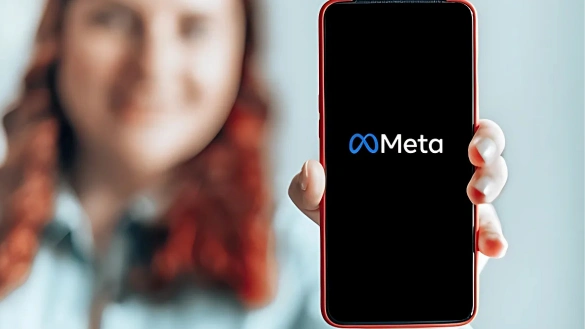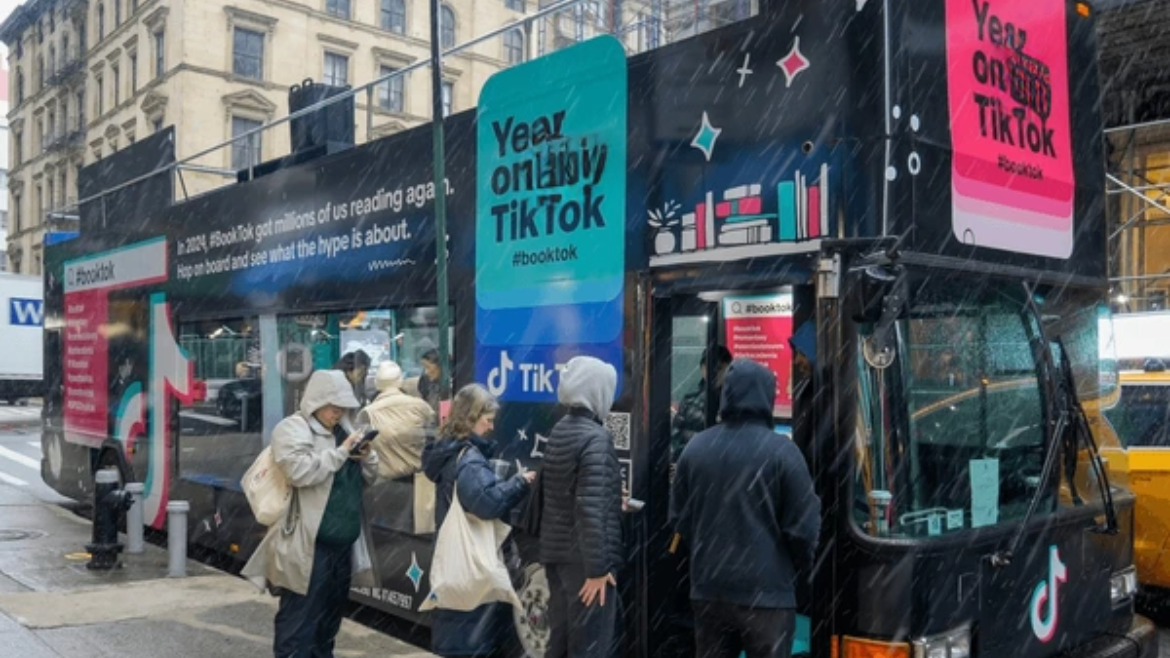Introduction
Social media plays a crucial role in any modern business that strives to succeed within today's rapid digital environment. An optimized content calendar designed for social media can keep you well-placed and manage to effectively get the message to your target market and accomplish what you need. Here is how to build a proper content calendar for 2025 in an easy-to-read manner, complete with practical steps.
Why You Need A Social Media Content Calendar
A social media content calendar provides your business with several critical functions:
1) Organized:
By planning out your posts, you will never be caught up in the frenzy of creating something last minute again. You can be assured that your mix of content is varied enough to be well-prepared.
2) Maintains Consistency:
This is important in keeping the audience. A content calendar helps stick to a consistent posting schedule, which is important for building brand recognition and trust.
3) Monitor Performance:
With this, you will be able to quickly see what works with your audience. That way, you can make changes to adjust the strategy to maximize engagement and effectiveness.
4) Seasonal Content Plan:
A calendar helps you prepare for relevant dates, holidays, or events about your audience, allowing you to post timely and relevant content.
Steps to Create Your Social Media Content Calendar
1) Define Your Goals
Start by defining what you want to achieve, if at all. Common goals are:
Drive people to your website to read more about your product or service
Collect leads and gather contact details of interested clients
Increase engagement like sharing, and commenting on posts
2) Know Your Audience
Understand who they are, including their demographics; use analytics such as Facebook Insights and Google Analytics, and collect the following information.
Demographics like Age, gender, location, and interests.
Online Behaviour At what times do they most likely be active, and what type of content are they most engaged with?
3) Choose Your Platforms
Each platform serves different audiences and types of content. Choose the ones that align with your goals and audience preferences:
Great for engaging communities and longer-form posts.
Best for visual storytelling and brand aesthetic look.
Perfect for short message updates and trending topics.
wonderful for B2B marketing and professional networking.
TikTok
Excellent for creating and sharing entertaining, short-form videos.
4) Plan Your Content Types
Diversifying your content keeps your audience engaged. Consider mixing the following types:
Images
High-quality photos, infographics, or memes that capture attention.
Videos
Engaging short clips, tutorials, or live streams that showcase your brand.
Blogs
Share informative articles or blog posts that provide value.
Polls and Questions
Create interactive posts to encourage audience participation.
User-Generated Content
Share user-generated content of your customers to engage in the community.
5) Set up a Posting Schedule
It is very important to maintain a schedule. Establish a posting schedule that works realistically for each network. Here is a general rule of thumb:
1-2 postings a day to ensure engagement and involvement of the community
1-3 posts per day with stories so that the profile stays visible
3-5 tweets per day so that the conversation continues
1 post per day with professional content and company updates.
6) Templates
Having an easy-to-build calendar template saves you from organization. You might use:
Google Sheets or Excel
Insert a grid that has outlined your contents.
SM Management Tools
Hootsuite, Buffer or Co Schedule – all these have the actual calendar functionality set up to work with posting and publishing.
7) Fill Your Calendar In
Fill your calendar with content by using a scheduled publication date for all posts.
Content-Type
Determine if it is an image, video, blog link, etc.
Caption
Craft interesting and brief text to accompany your posts.
Links
Add any URLs to drive your audience to your website or other resources.
Hashtags
Research relevant hashtags to increase visibility.
8) Monitor and Adjust
Regularly review the performance of your posts using analytics tools. Analyze key metrics such as:
Engagement Rate
Likes, comments, shares, and overall interaction.
Reach and Impressions
How many people viewed your posts?
Click-Through Rate (CTR)
The number of users who clicked on links in your posts
Use this information to fine-tune your content strategy, playing up what is working well and fixing areas that aren't performing as well.
Best Practice To Succeed
Connect With Your Audience Engage with people by commenting on their comments and your messages. Engagement helps develop loyalty and community.
1) Stay Current
Follow social media trends and news. Adjusting your content to fit current events will keep your brand fresh and relevant.
2) Experiment
Do not be afraid to try new content types, formats, or posting times. You will find out what works best for your audience through experimentation.
3) Visual Consistency
Maintain a visual style across your posts. Use the same colours, fonts, and layouts to create a strong brand identity.
4) Repurpose Content
Repurpose your content to maximize it across different platforms. For instance, take a blog post and turn it into a video or infographic.
Conclusion
Create a compelling social media content calendar to help your business grow in 2025. You can design a strategy that keeps you organized, engages your audience, and gets you the results you need by following these steps in detail. Start planning today and watch your business thrive in the digital landscape!
FAQs
1) Why is a content calendar important for my business?
A content calendar is important because it helps you:
1) Maintain consistency in posting.
2) Organize your content strategy.
3) Plan for seasonal or timely topics.
4) Monitor performance and adjust based on data.
2) How many times should I post?
The amount of posts should be driven by your audience and platform. In general, this is:
1-2 times per day
1-3 times per day
3-5 tweets per day
1 time per day
You need to try a few different types of posts and see what performs best with your audience.
3) How often should I review and modify my content calendar?Review your content calendar regularly—at least monthly. Look at performance data to make adjustments according to what types of content perform best for your audience.
4) What types of content should I include in my calendar?
Included various content types to maintain interest among the readers, including but not limited to:
1) Images and infographics
2) Videos and live streams
3) Blog links and articles
4) Polls, questions, and user-generated content
5) Promotions and announcements
5) How long should I prepare ahead?
Preparation one month prior would be good for you, while a yearly calendar of bigger campaigns and events will give a base that needs adjusting monthly or weekly.
6) How do I make a content calendar?
There are lots of tools for making a content calendar, some of which you can use and include:
Google Sheets or Excel
Suitable for a minimalist spreadsheet layout
Social Media Management Tools
Software like Hootsuite, Buffer, and Co Schedule have built-in calendar features.
Trello or Asana
For that project management-flavored content planning















0 Comments